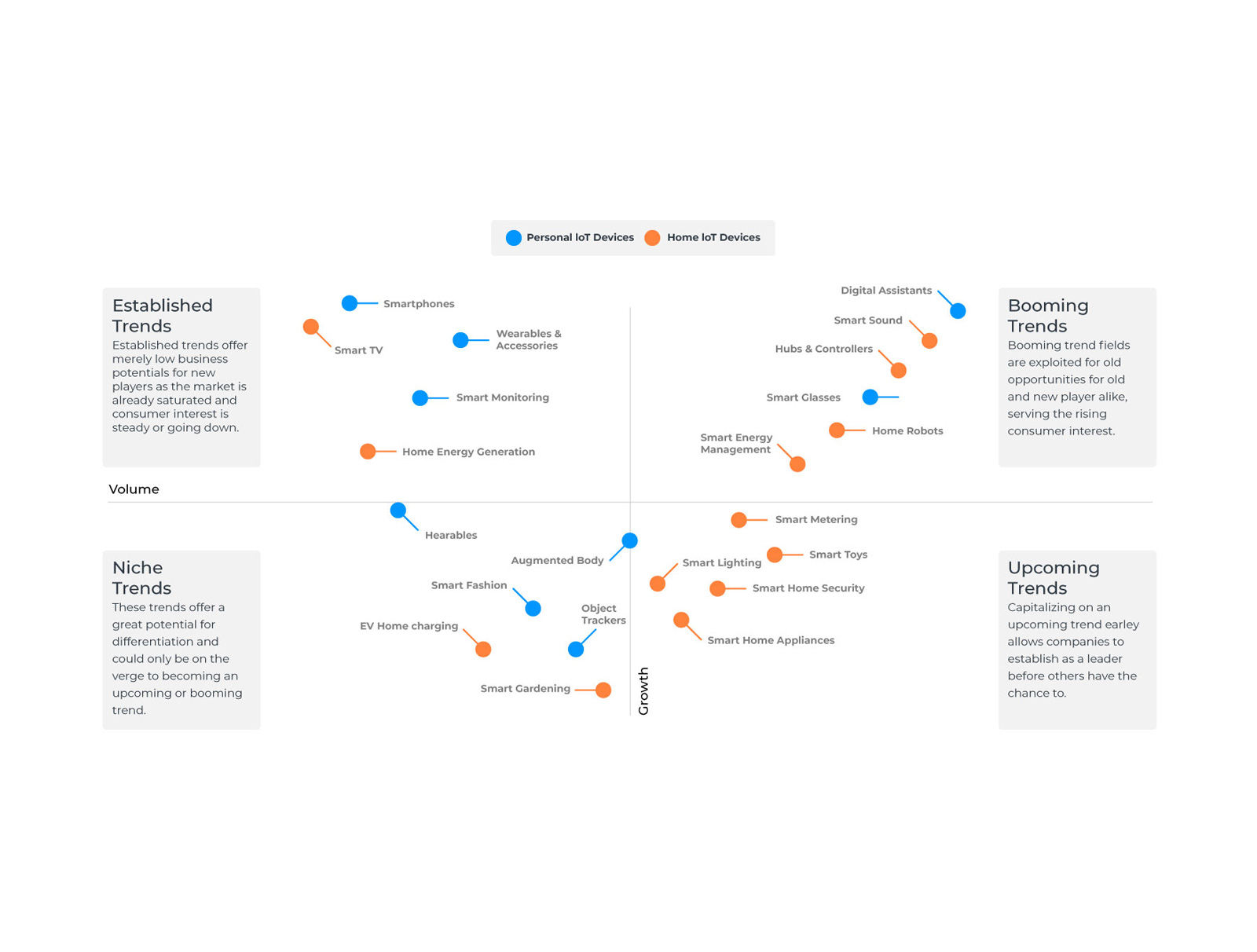

Get monthly notifications
eCommerce Trends for Digital Marketing in 2020
The eCommerce business is accelerating and to make use of new customer shopping behaviours and meet their increasing demands, marketers must look into several things. While mobile browsing is more extensive than ever, our attention span is less than that of a goldfish. Here’s what to expect working with digital marketing and eCommerce in 2020!
Transformation acceleration is happening – although slowly
The whole eCommerce business is growing fast – but perhaps not as fast as marketers might expect or believe. In 2017, eCommerce shares were 13-14% of the entire retail sales in Europe. Year by year, worldwide eCommerce growth actually decreases – from 25,6% in 2016 to an estimated 18% by 2021. For larger eCommerce businesses, the growth is a mere average of 3-5% every year.
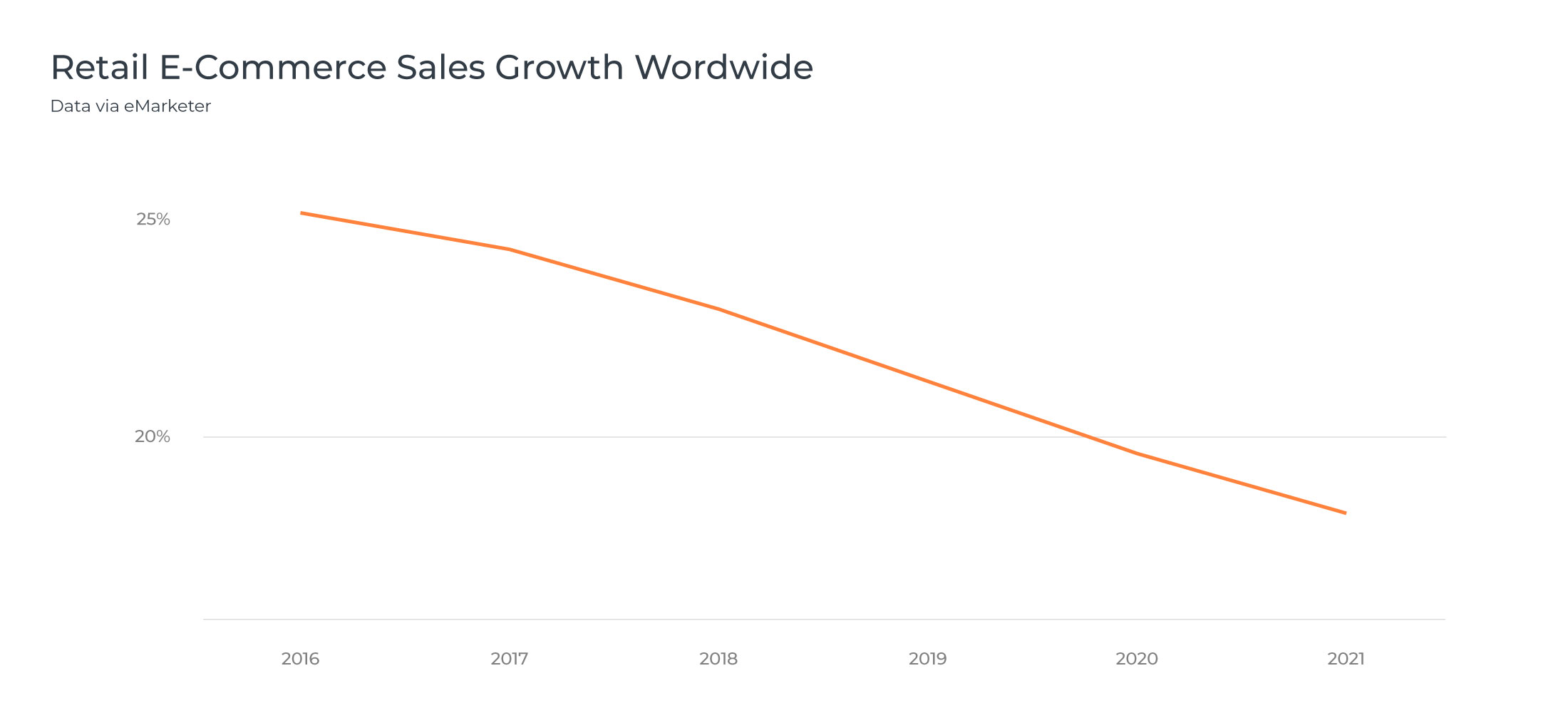
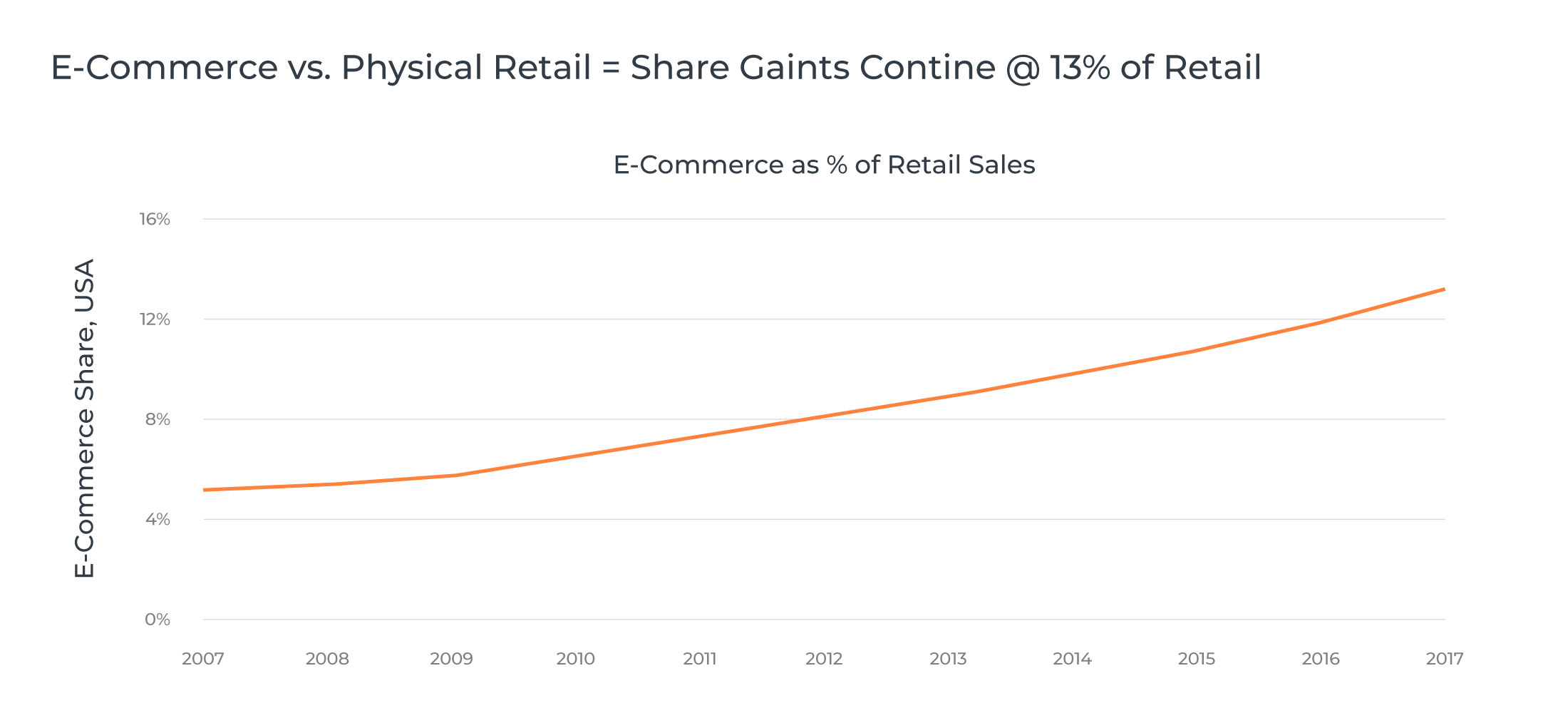
Brick-and-mortar stores are believed to still have as much as 82.5% share of retail sales. The total number of worldwide digital shoppers amounted to almost 2 billion in 2019-2020, and it continues to grow.
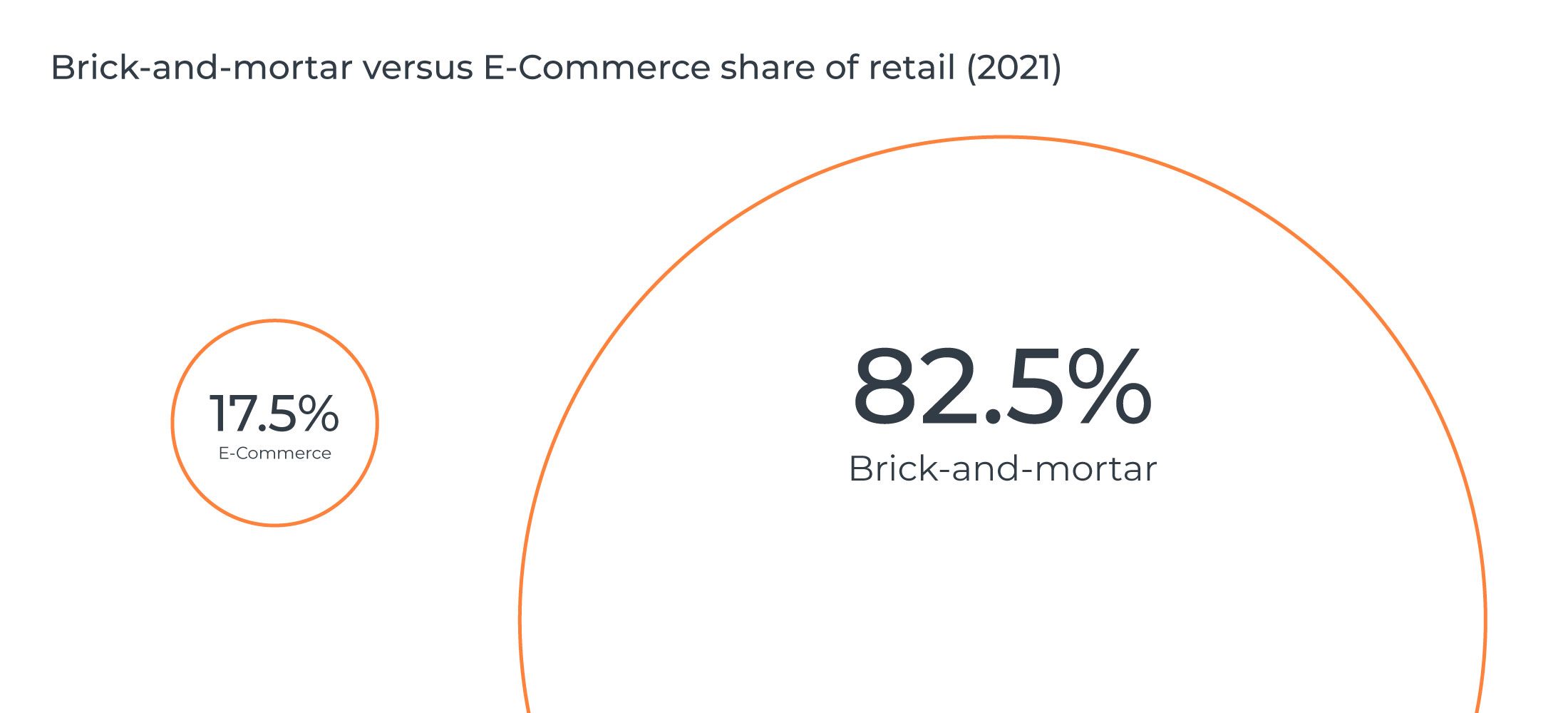
We have less attention span than a goldfish
The human attention span is decreasing, year by year. In 2012, internet content had our attention for 12 seconds – and by 2019, it’s even less than 9 seconds – the average attention span of a goldfish. 53% of users will exit a mobile site if the page takes more than 3 seconds to load, and 19% of viewers will defect from a page in the first 10 seconds.
Marketers and eCommerce need to make an immediate impact – because what customers see at a glance has everything to do with the next decision to leave or navigate further. Filter out any distractions by excluding unnecessary information, and tailor your message to be personal, relevant and straight to point to be able to cut through. And keep in mind that people are always urging you to move on to the next thing – make sure you offer it!
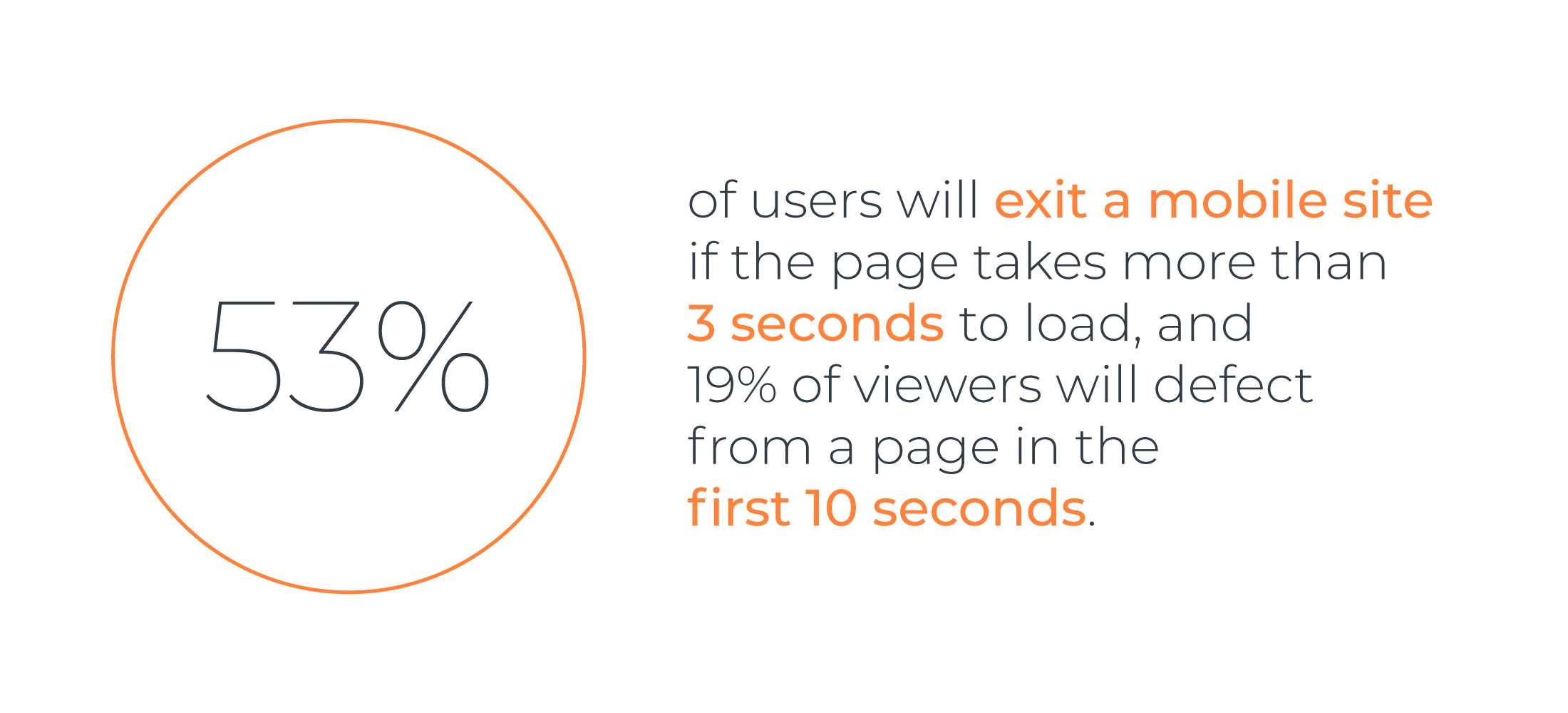
E-commerce should focus on mobile conversion
Mobile traffic has surpassed desktop traffic – but still, most customers complete their purchases through a computer rather than their mobile phone. Conversion rates in mobile are just 1,7% compared to over 4% on desktop. The challenge for eCommerce in 2020 is to take customers from browsing to buying by improving the whole shopping experience. Mobile-first payment options, easily navigated webshops, smarter conversion points on product pages and tailored recommended content are just some improvements to get the customer to complete a purchase right away.
At the same time, there’s still a gap between the number of time users spend on mobile and how much marketers spend on advertising here – giving a large opportunity to focus on increasing and customizing mobile advertising to your users.
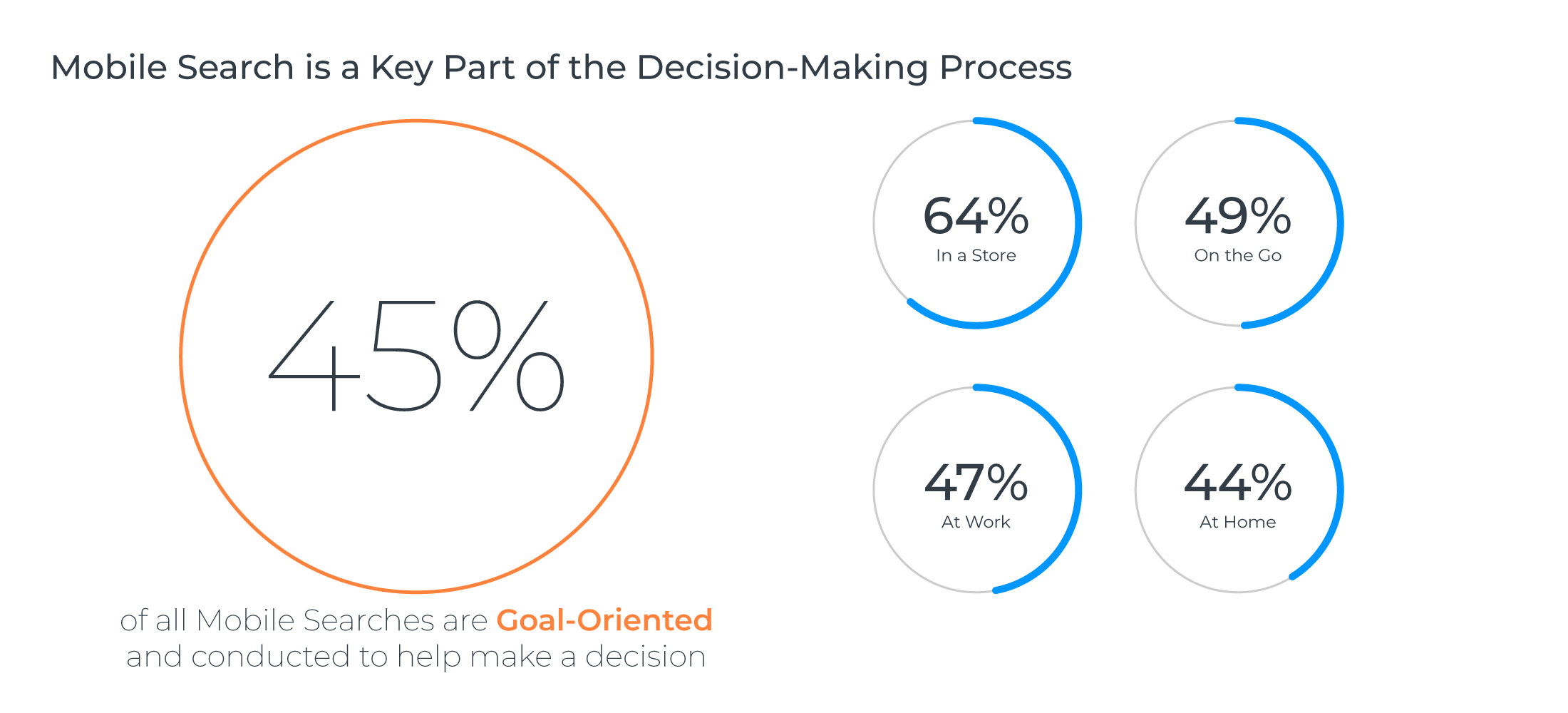
The right traffic is the fast track to making a profit – and you can buy it
Conversion rates won’t increase just because you are driving more traffic to your webshop or website. In 2020, you have to ensure the right users are receiving your message right from the start, through relevant targeting with Google Ads, for example. By using the right keywords and ways of advertising, you can choose what users will constitute the majority of your traffic. Google Shopping, for example, is a great way of reaching new customers, top-funnel users that are quite difficult to attract – but will bring more profit in the long run. Conversion rate optimization through A/B-testing is a way of keeping your valuable traffic, and email offers are great for retention marketing.
Analyze your customer data to get an understanding of their behaviour and the customer journey to keep driving the right users to your site. With help from automated search and ad bidding services, it will be even easier for marketers to focus their money where it makes sense, not wasting it on the wrong traffic.
The longer customer's lifetime value the greater the revenue
Building long-term relationships, increasing brand trust and customer loyalty is the biggest – and most profitable challenge in digital marketing 2020. As customer acquisition costs (CAC) are constantly increasing, the lifetime value (LTV) of a customer becomes even more important for marketers. 27% of marketers consider it to be the most important ad spending optimization metric, over traffic, impressions or brand awareness.
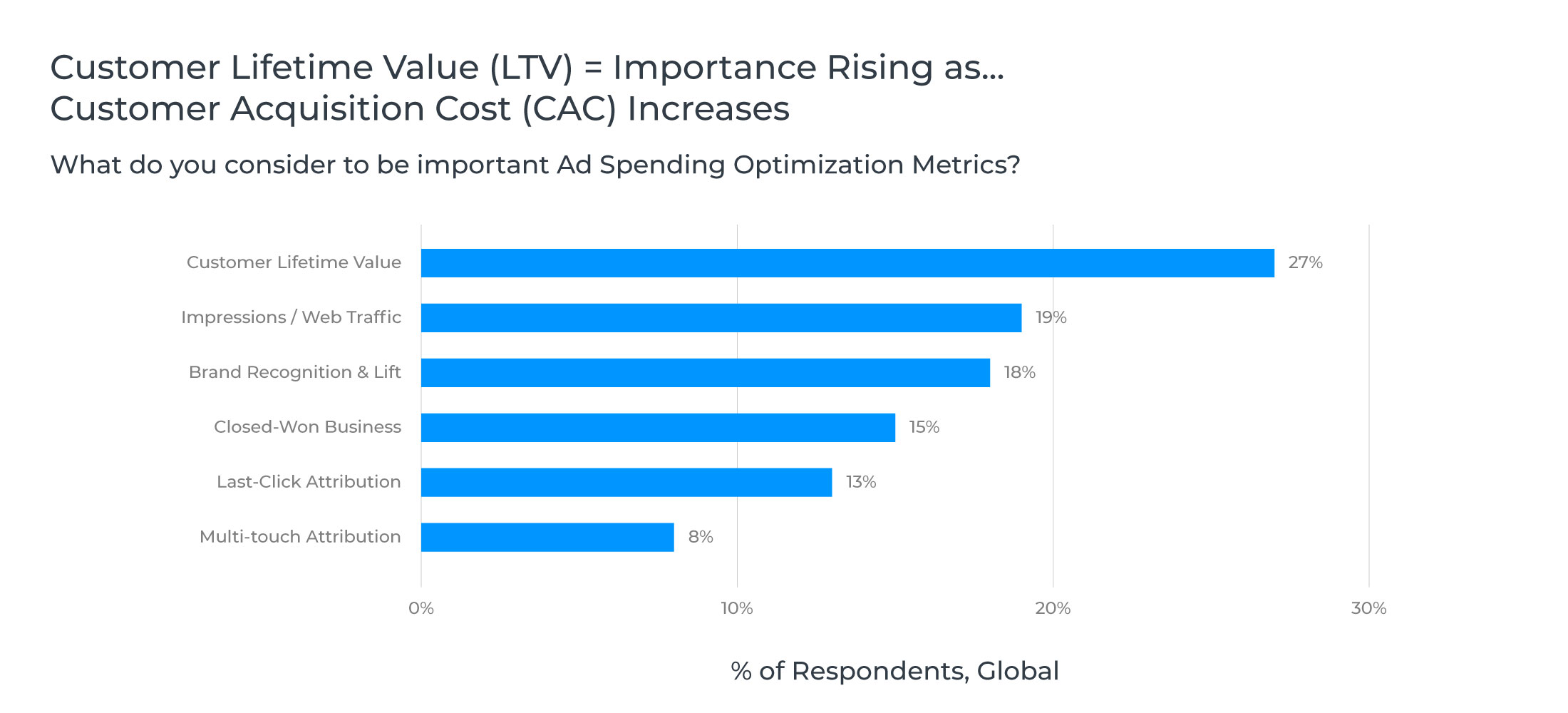
From Kleiner & Perkins report "Internet Trends 2018"
By learning who your most valuable customers are, and how to connect with them, you will have the best conditions to increase your customer lifetime value. With data about their preferences, their behaviours and their history with your brand, you can make informed hypotheses on what marketing levers to pull to nurture your relationship. Working to create customer satisfaction will usually make them spend more money over time, and building a customer retention program is essential to increase the overall customer lifetime value.
Read more: How to grow your revenue in eCommerce by considering the customer lifetime value
A lot of eCommerce companies use SEO strategies to bring in customers to their website, and this helps increase their chances of being highlighted when users search for a specific product.
You can check out all our online courses here.
2020 forecast: 26 connected devices per person
By 2020, there will be an estimated average number of 26 connected devices per person, according to A Guide to the Internet of Things. This includes not only mobile phones, voice assistants or smartwatches but also trending IoT devices such as smart home security and toys, just to mention a couple. The more connection points we have, the more business opportunities there are for marketers and eCommerce to reach new users and create long-term relationships with customers.
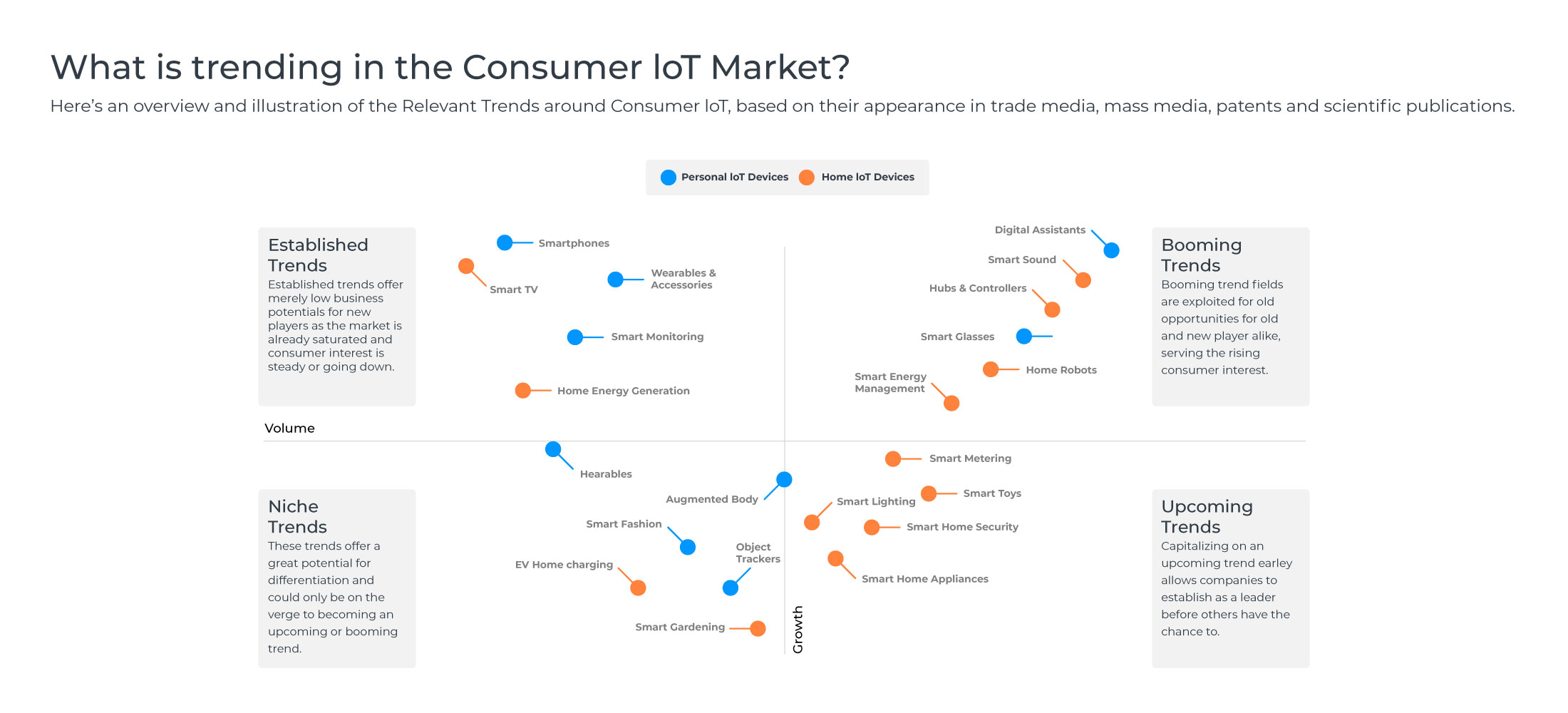
With intuitive products and solutions that store, process and protect data, we can use these insights to get a better understanding of our customers’ behaviours and improve business processes to create better, tailored experiences and personalized services.
Featured Articles
The Full Funnel Approach and Pinterest
Today, we're going to delve into the significance of working with a full-funnel strategy and understanding why a comprehensive media mix is crucial. We'll also explore an example of how this approach and including Pinterest in the media mix led to a significant decrease in the cost of sales for Houdini.
Master Text Overlays: Boost Ad Engagement
In recent years, capturing the attention of your target audience has become more challenging than ever. Businesses and marketers are constantly on the lookout for innovative ways to stand out in the crowded advertising landscape.
One effective technique to draw attention to your ad's message is through the use of text overlays on image and video ads. In this blog, we will explore the best practices for incorporating text overlays, ensuring your message is impactful without compromising the visual appeal of your ads.
Similar Articles
Protect Your Facebook Business Account from Phishing: Expert Tips by Keywordio
Hello everyone, Johan here from Keywordio. Today, I want to share crucial insights into phishing—what it is and how you can safeguard your Facebook business account from this prevalent threat.
Exploring the Future of TikTok: Insights from the 2024 Trend Report
Introduction
I'm excited to delve into TikTok's comprehensive "What's Next 2024 Trend Report." This report is a treasure trove for anyone in digital marketing, offering deep insights into the future of content, storytelling, and consumer engagement on TikTok.
E-Commerce Excellence: Meta's Advantage+ Shopping Campaigns Redefined
Welcome to the dynamic world of e-commerce, where Meta's Advantage+ shopping is reshaping how businesses connect with customers. In this blog post, we'll explore the key features of this innovative tool.
Introducing TikTok Shop
Today, I bring to your attention a revolutionary update from TikTok, a platform where over 150 million Americans seek daily doses of inspiration and entertainment. With a plethora of trends, fashion hacks, beauty nuggets, and a smattering of recipes, TikTok has emerged as a modern-day oracle for curious minds. The excitement in the air thickens as we unveil TikTok Shop to the US, an avant-garde conduit for folks to spot and snag their adored items seamlessly.
The Full Funnel Approach and Pinterest
Today, we're going to delve into the significance of working with a full-funnel strategy and understanding why a comprehensive media mix is crucial. We'll also explore an example of how this approach and including Pinterest in the media mix led to a significant decrease in the cost of sales for Houdini.
Master Text Overlays: Boost Ad Engagement
In recent years, capturing the attention of your target audience has become more challenging than ever. Businesses and marketers are constantly on the lookout for innovative ways to stand out in the crowded advertising landscape.
One effective technique to draw attention to your ad's message is through the use of text overlays on image and video ads. In this blog, we will explore the best practices for incorporating text overlays, ensuring your message is impactful without compromising the visual appeal of your ads.
The Next Big Thing: 5 Digital Marketing Trends to Watch for in 2023
Digital marketing is a constantly evolving field, shaped by emerging technologies, changing consumer behaviors, and the dynamic nature of the online landscape. Staying on top of the latest trends is crucial for businesses and marketers to effectively engage with their target audience and drive growth. In this introduction, we will explore some of the key digital marketing trends that have emerged in recent times.
The Power of Branding on Meta
Are you ready to unlock unparalleled opportunities and take your online business to new heights? In a rapidly evolving digital landscape, Meta continues to revolutionize the way marketers and entrepreneurs create an impact on buyers.
Today, we will talk about the immense potential of branding on Meta's platforms, Facebook and Instagram based on our Meta Branding (Online Course). Brace yourself for insights that will empower you to establish a strong brand identity, harness consumer trends, and optimize your advertising strategies like never before! Ready to spearhead your business to success? by understanding the potential of branding on Meta and how you can tap into it. Excited? So are we - let's get into it!
A Sneak Peek into Pinterest's 2023 Product Updates!
Pinterest is improving its Ads Manager to provide a seamless experience for advertisers. New features will be released throughout 2023 to optimize advertising strategies. Pinterest aims to offer powerful tools and insights for better campaign results. Get a sneak peek into the exciting updates coming to Ads Manager this year.